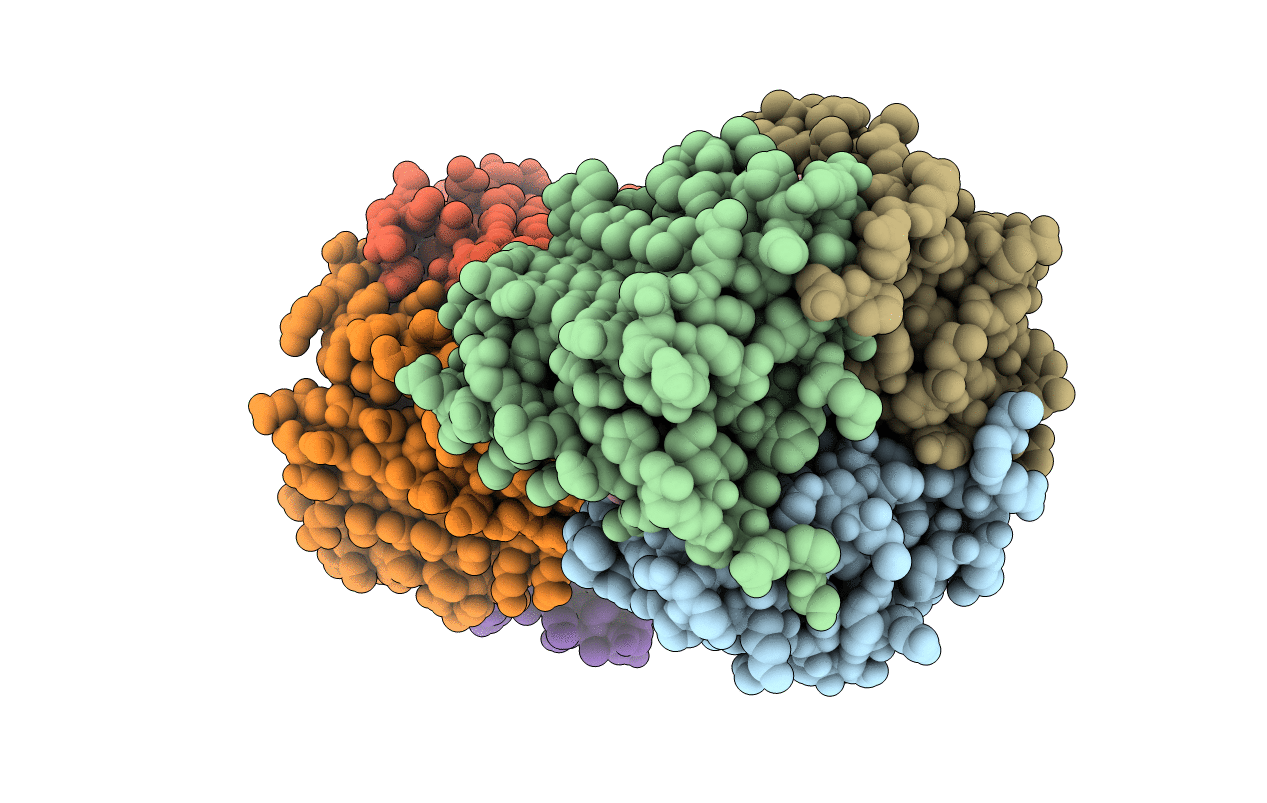
Deposition Date
2013-10-04
Release Date
2013-12-11
Last Version Date
2024-02-28
Method Details:
Experimental Method:
Resolution:
2.73 Å
R-Value Free:
0.25
R-Value Work:
0.20
R-Value Observed:
0.20
Space Group:
P 1 21 1


